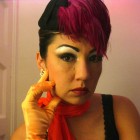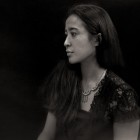Interview via E-Mail
February 4, 2014
Matthew Andrews, CA+T Interviewer
Miguel Libarnes, Artist
Matthew Andrews: How did you get started in art (e.g., as a child, in school)?
Miguel Libarnes: I got started as a kid when I was making tiny drawings of Ariel from The Little Mermaid [Disney, 1989], which was my favorite movie at that time. I liked showing them to my family, mostly to make them smile. Luckily they were all super encouraging so I kept on drawing. I'm still the same boy I was back then, except my materials aren't limited to pencils and crayons anymore.
MA: What is your creative process when beginning a piece (mental and physical)?
ML: My creative process usually starts with things I encounter in everyday life that captivate me—anything from toys to an optical illusion that really resonates with me. I think about how I can connect it to an idea or a question lingering in the back of my head to create something new. It's a long and messy process that often leads to shit, but every now and then I am able to connect dots together to form a bigger picture.
MA: One aspect of your contribution to the Queer Sites and Sounds exhibition, Settle I, that struck CA+T was how the white bed sheets not only act as a literal screen for the video projection but seem to also ask viewers to think of the bed sheets as a sketch pad or film screen. Could you speak about this?
ML: Settle is ultimately about human connection, or the lack-of in this case. I wanted to immerse the viewer in a scenario where they can feel so close to somebody, and yet still feel so far removed. That experience is really the heart of this artwork. The bed and video are merely props.
MA: The portrayal of endurance in your second Queer Sites and Sounds contribution, Mascara, seems to gesture at Marina Abramović's long-durational performance work, especially Art Must Be Beautiful, Artist Must Be Beautiful. Was this parallel intentional?
ML: Yes and no. I wouldn't say that Mascara was inspired directly by that particular piece, but I was definitely driven by Marina Abramovic's strength and endurance in her work.
MA: You have described your artwork in general as about identity, sexuality, and human connection. Do you see a thematic relationship or connection between your piece Oath/Panatang, which was featured in CA+T's inaugural exhibition Sea, Land, Air, and your two contributions to Queer Sites and Sounds? How so or how not?
ML: Yes, they are all self-portraits in a way. I choose to make art out of issues that are very important to me because I’d like to think I know myself better than anyone else. That's why I make art about migrating to the US, or being queer in a macho surf community, or the struggle to connect with someone you love. I believe that if I can make art that is personal to me, then it can be universal as well.
MA: What inspires you and why?
ML: I have a lot of respect for people who are doing what they really want to do and sticking with it, regardless of other people trying to bring them down. Their energy rubs off on me and makes me want to keep creating the things I want to see. I think that’s why I like Comic Con and cosplays so much.1 The same goes for Folsom Street Fair.2
1 “ComicCons,” or comic conventions, are multi-genre fan conventions that showcase comic books, science fiction/fantasy, and other facets of popular culture. In “cosplay” or costume play, participants wear costumes, sometimes for extended periods, to assume the identity of a specific character or idea, commonly from comic books, anime, and films.
2 An annual street fair, held during San Francisco's Leather Pride Week, that celebrates the BDSM and leather subcultures. See www.folsomstreetfair.com.


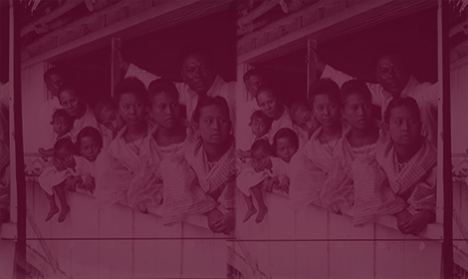

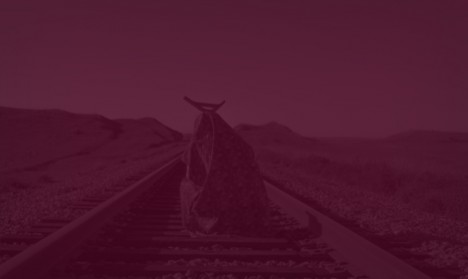
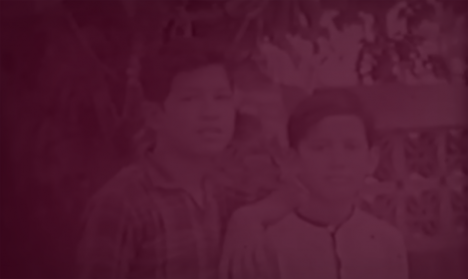
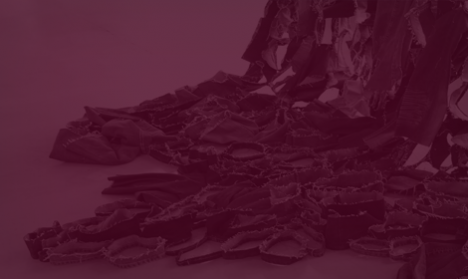
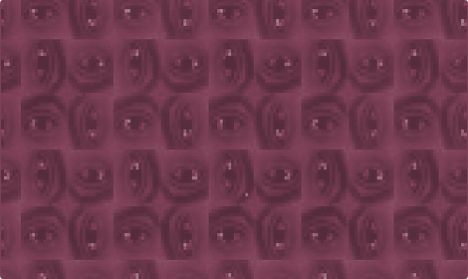

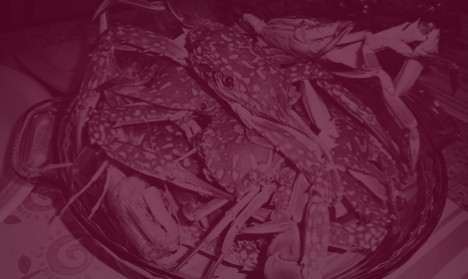



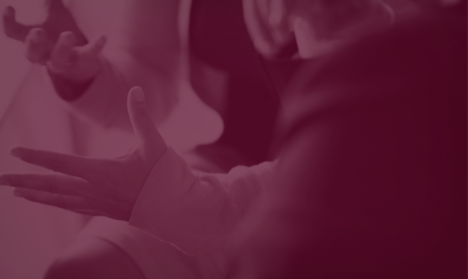
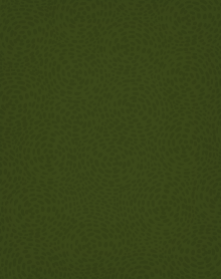
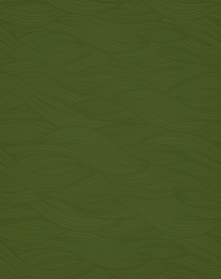








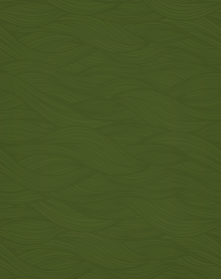
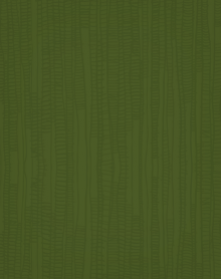



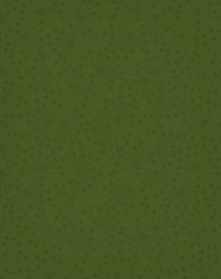
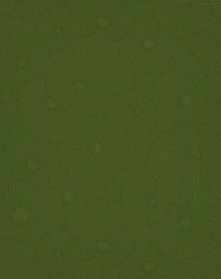


.jpg)


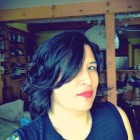

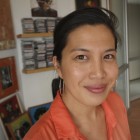

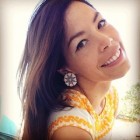

.jpg)
.jpg)
.jpg)




.jpg)



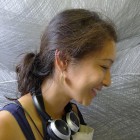

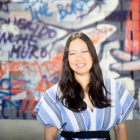
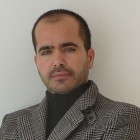
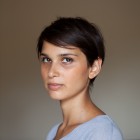
.jpg)


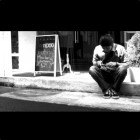

.jpg)


.jpg)
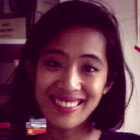

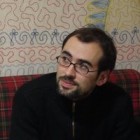

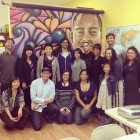

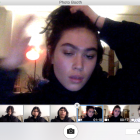
_Cropped.jpg)
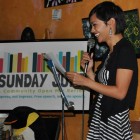
.jpg)
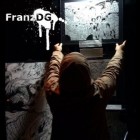

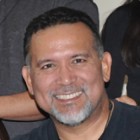




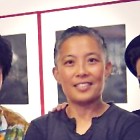
.jpg)
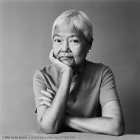
.jpg)


.jpg)
.jpg)
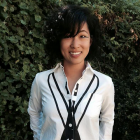


.jpg)


.jpg)

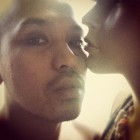


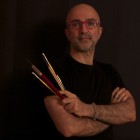
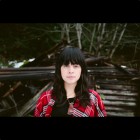
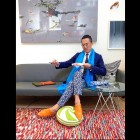
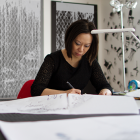
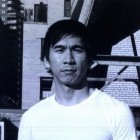
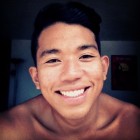
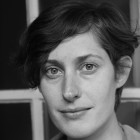
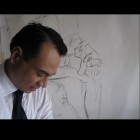

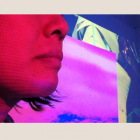
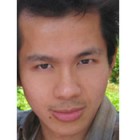
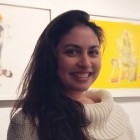

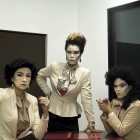
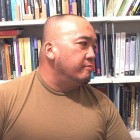
.jpg)






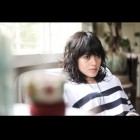

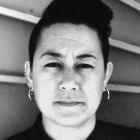



.png)
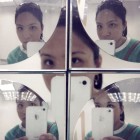




.jpg)

.jpg)
.jpg)



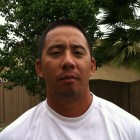
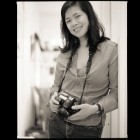
.jpg)
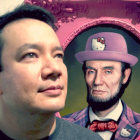
.jpg)
.jpg)



.jpg)
.jpg)
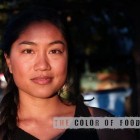

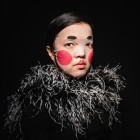
.jpg)
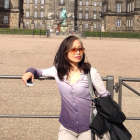
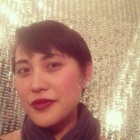

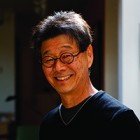

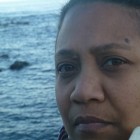

.jpg)





